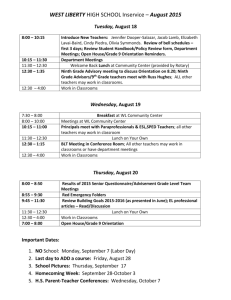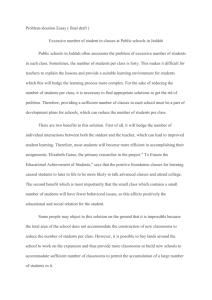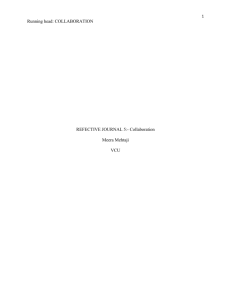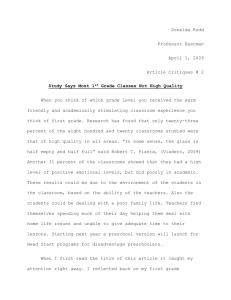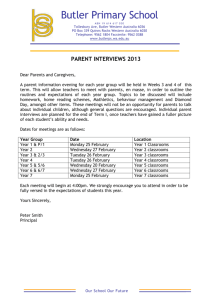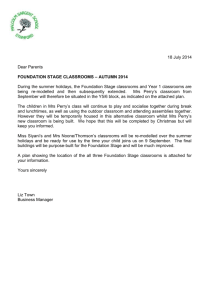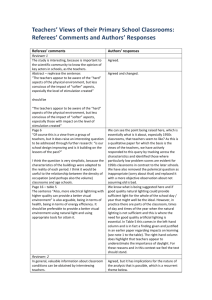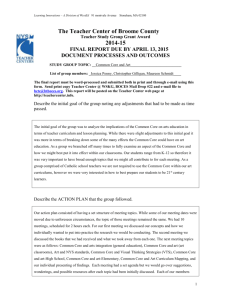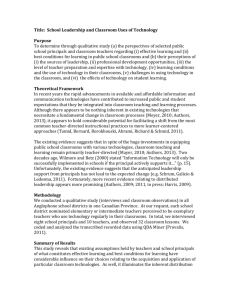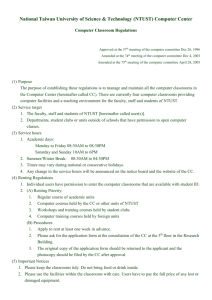Rethinking Schools Principles
advertisement
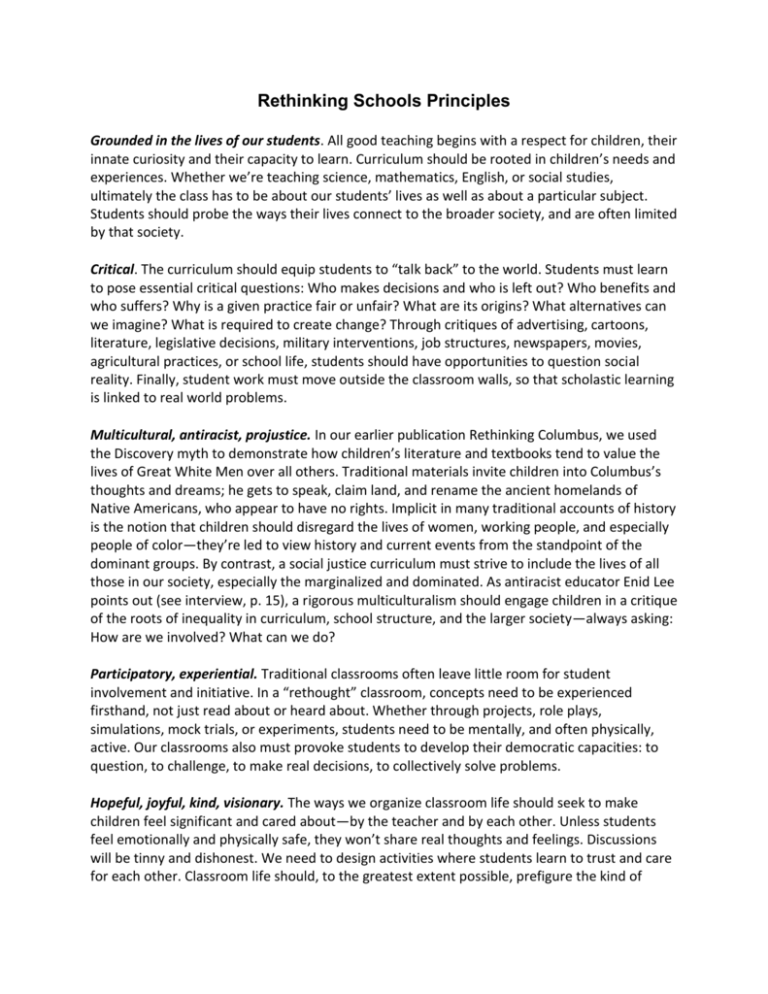
Rethinking Schools Principles Grounded in the lives of our students. All good teaching begins with a respect for children, their innate curiosity and their capacity to learn. Curriculum should be rooted in children’s needs and experiences. Whether we’re teaching science, mathematics, English, or social studies, ultimately the class has to be about our students’ lives as well as about a particular subject. Students should probe the ways their lives connect to the broader society, and are often limited by that society. Critical. The curriculum should equip students to “talk back” to the world. Students must learn to pose essential critical questions: Who makes decisions and who is left out? Who benefits and who suffers? Why is a given practice fair or unfair? What are its origins? What alternatives can we imagine? What is required to create change? Through critiques of advertising, cartoons, literature, legislative decisions, military interventions, job structures, newspapers, movies, agricultural practices, or school life, students should have opportunities to question social reality. Finally, student work must move outside the classroom walls, so that scholastic learning is linked to real world problems. Multicultural, antiracist, projustice. In our earlier publication Rethinking Columbus, we used the Discovery myth to demonstrate how children’s literature and textbooks tend to value the lives of Great White Men over all others. Traditional materials invite children into Columbus’s thoughts and dreams; he gets to speak, claim land, and rename the ancient homelands of Native Americans, who appear to have no rights. Implicit in many traditional accounts of history is the notion that children should disregard the lives of women, working people, and especially people of color—they’re led to view history and current events from the standpoint of the dominant groups. By contrast, a social justice curriculum must strive to include the lives of all those in our society, especially the marginalized and dominated. As antiracist educator Enid Lee points out (see interview, p. 15), a rigorous multiculturalism should engage children in a critique of the roots of inequality in curriculum, school structure, and the larger society—always asking: How are we involved? What can we do? Participatory, experiential. Traditional classrooms often leave little room for student involvement and initiative. In a “rethought” classroom, concepts need to be experienced firsthand, not just read about or heard about. Whether through projects, role plays, simulations, mock trials, or experiments, students need to be mentally, and often physically, active. Our classrooms also must provoke students to develop their democratic capacities: to question, to challenge, to make real decisions, to collectively solve problems. Hopeful, joyful, kind, visionary. The ways we organize classroom life should seek to make children feel significant and cared about—by the teacher and by each other. Unless students feel emotionally and physically safe, they won’t share real thoughts and feelings. Discussions will be tinny and dishonest. We need to design activities where students learn to trust and care for each other. Classroom life should, to the greatest extent possible, prefigure the kind of democratic and just society we envision and thus contribute to building that society. Together students and teachers can create a “community of conscience,” as educators Asa Hilliard and Gerald Pine call it. Activist. We want students to come to see themselves as truthtellers and changemakers. If we ask children to critique the world but then fail to encourage them to act, our classrooms can degenerate into factories for cynicism. While it’s not a teacher’s role to direct students to particular organizations, it is a teacher’s role to suggest that ideas should be acted upon and to offer students opportunities to do just that. Children can also draw inspiration from historical and contemporary efforts of people who struggled for justice. A critical curriculum should be a rainbow of resistance, reflecting the diversity of people from all cultures who acted to make a difference, many of whom did so at great sacrifice. Students should be allowed to learn about and feel connected to this legacy of defiance. Academically rigorous. A social justice classroom equips children not only to change the world but also to maneuver in the one that exists. Far from devaluing the vital academic skills young people need, a critical and activist curriculum speaks directly to the deeply rooted alienation that currently discourages millions of students from acquiring those skills. A social justice classroom offers more to students than do traditional classrooms and expects more from students. Critical teaching aims to inspire levels of academic performance far greater than those motivated or measured by grades and test scores. When children write for real audiences, read books and articles about issues that really matter, and discuss big ideas with compassion and intensity, “academics” starts to breathe. Yes, we must help students “pass the tests,” (even as we help them analyze and critique the harmful impact of testdriven education). But only by systematically reconstructing classroom life do we have any hope of cracking the cynicism that lies so close to the heart of massive school failure, and of raising academic expectations and performance for all our children. Culturally sensitive. Critical teaching requires that we admit we don’t know it all. Each class presents new challenges to learn from our students and demands that we be good researchers, and good listeners. These days, the demographic reality of schooling makes it likely that white teachers will enter classrooms filled with children of color. As African American educator Lisa Delpit writes in her review of the book White Teacher (see p. 158), “When teachers are teaching children who are different from themselves, they must call upon parents in a collaborative fashion if they are to learn who their students really are.” They must also call upon culturally diverse colleagues and community resources for insights into the communities they seek to serve. What can be said about racial and cultural differences between teachers and students also holds true for class differences.

